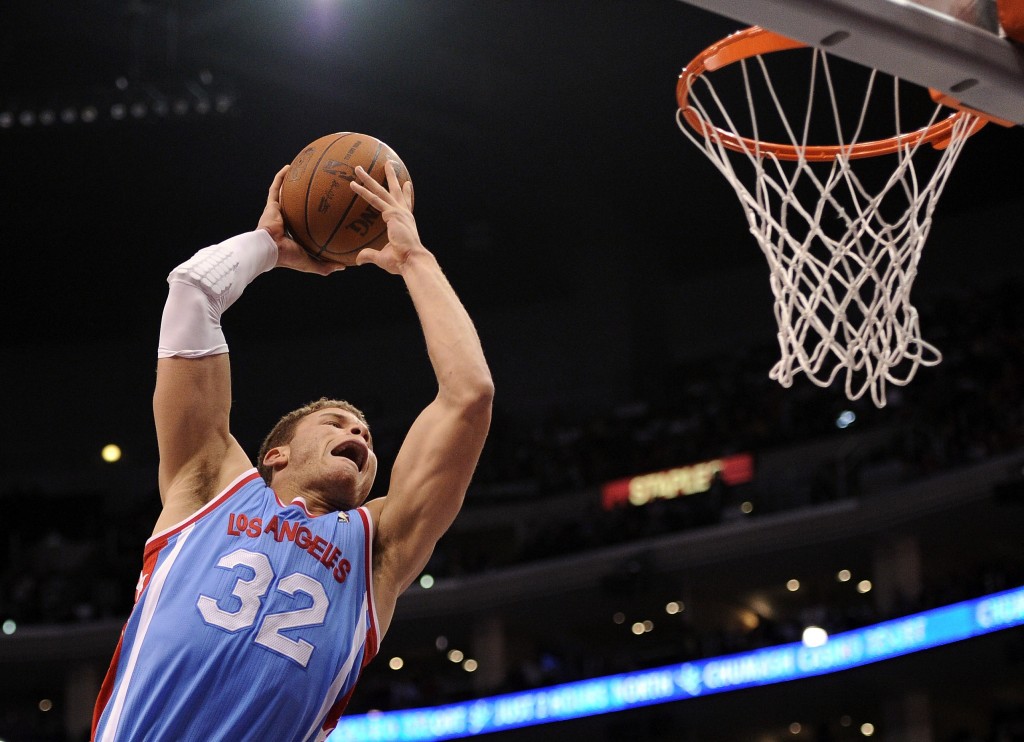How visual media can make your story better
We live in a culture of instant gratification. The consumer no longer has time to pick up the morning paper, curl up next to the fireplace and savor a warm cup of coffee. Facebook, Twitter and a constant desire to be plugged in have readers craving quick, hard-hitting opinions.
As writers, we want our audience to sift through our words carefully from start to finish. There’s nothing more gratifying than hammering out a 2,000-word column or lengthy slideshow and watching reads pile up.
But as members of the new-age media, we must be realistic. How many of the thousands of readers actually read the entire article from start to finish?
This question cannot be answered, but what we can do is take steps beyond the text to ensure eyes remain glued to the entire article. It’s all about telling a story while using the media we have at our fingertips.
Let’s begin at the beginning with the lead photo.
When choosing a photo, make sure to find a clear, vivid image that gives the reader a personal glimpse of the subject of the article. In almost all cases, use action shots to tell a story. Jeremy Lin celebrating after hitting a big 3, Prince Fielder connecting on a mammoth home run or Tiger Woods teeing off at Augusta capture athletes in the moment.
The exception to this mantra comes when writing about the gridiron. Let’s use a future Hall of Famer on his last legs as an example.
LaDainian Tomlinson will always be remembered for his speed, agility and versatility. As sports fans, it’s very tempting to find a picture of LT sprinting towards the pilon ready to add another touchdown to his lofty resume.
But with his face hidden under a helmet featuring a Vader-like shield, it’s difficult to give the reader a truly personal glimpse at the subject of your article. Instead, choose a picture focusing on Tomlinson’s face.
Then consider the tone you are setting within the article. If your angle is to talk about his demise, select a picture of him looking pensive on the sidelines. If you want the reader to believe he still has a little lightning left in his legs, feature a picture of him grinning from ear-to-ear.
Once you’ve settled on a bold picture at the top of the article, your attention must shift to using supporting media throughout your article. Words tell a story, but it’s the pictures, tweets and videos that keep readers engrossed.
Almost all compelling articles have a jumping-off point. If you want to pen an article ripping LeBron James, you’ll need someplace to start. The “Decision” is a bit outdated, but recent comments suggesting he would take those talents back to Cleveland would be a good way to start the discussion.
Miami Heat Insider Brian Windhorst broke the story on his Twitter account. Obviously, you need to link to his Twitter account as the original source. There’s no need to link to the actual article he wrote on the subject, just link to where he first made the announcement.
Don’t stop there. Depending on the nature of the comments, scour YouTube for the interview. If you find those comments, embed the video within your story to further enhance your jumping-off point. Otherwise, look for some video reaction to the comments.
You’ve established criteria for your article and given readers the chance to both read and watch the comments. Now, they are hooked.
The Bleacher Report writer interface gives you access to four media spots when crafting a column. Don’t ignore them and rely on your words alone to tell the whole story. Instead, think about how you can supplement your opinion with catchy photos and videos that help illustrate your point. If you believe LeBron James is a pompous fool, a video flashback to his introductory ceremony in Miami would offer support while providing the reader with some catchy media to consume.
As you begin to craft your conclusion, think about a burning question you would like to ask your readers and insert a poll. Make sure the question can be answered in comprehensive manner. A simple yes or no poll question leaves the reader wanting more.
Instead of asking, “Will Cleveland ever forgive King James?” try asking, “How long will it take for Cleveland to forgive King James?” Then give the reader at least four choices and go beyond listing years.
“2-4 years, because grudges eventually die.” It sounds simple, but it tells the reader you cared enough to flesh out a poll question. Just one more way to keep your audience riveted.
Once you have the media added and your conclusion composed, review your story. Ask yourself if the images are compelling to the reader. Ask yourself if the video you used has decent sound and picture quality and, more importantly, is relevant to your story. Don’t force the use of video—randomly inserting clips of LeBron James highlights into your piece is amateurish and irrelevant.
Always remember the purpose of media is to enhance and enrich your words, not to define your words. The days of sitting down and hammering out a 2,000-word opus are mostly behind us, but there is still room for today’s versions of Red Smith or Grantland Rice on Bleacher Report. They just use more tools to tell their stories.
Comments are closed.



Pingback: Research: | University
Pingback: Multimedia in Blogs | SEO Content Creation